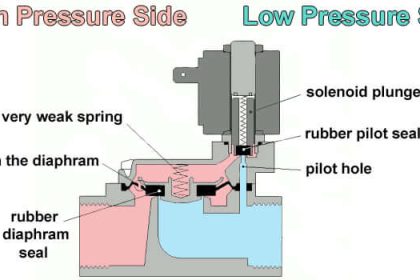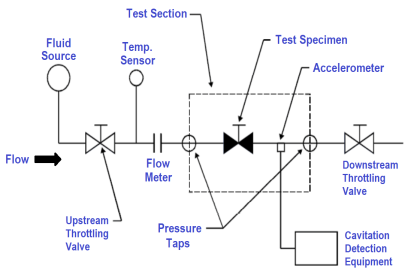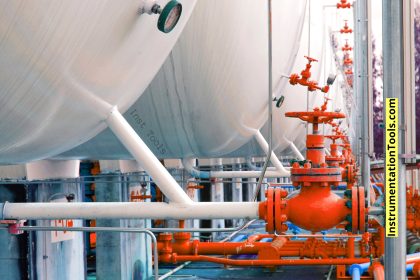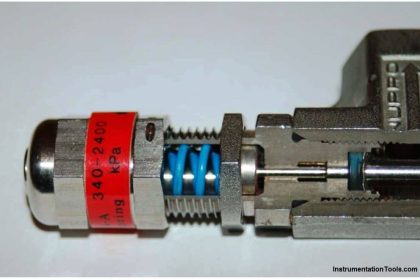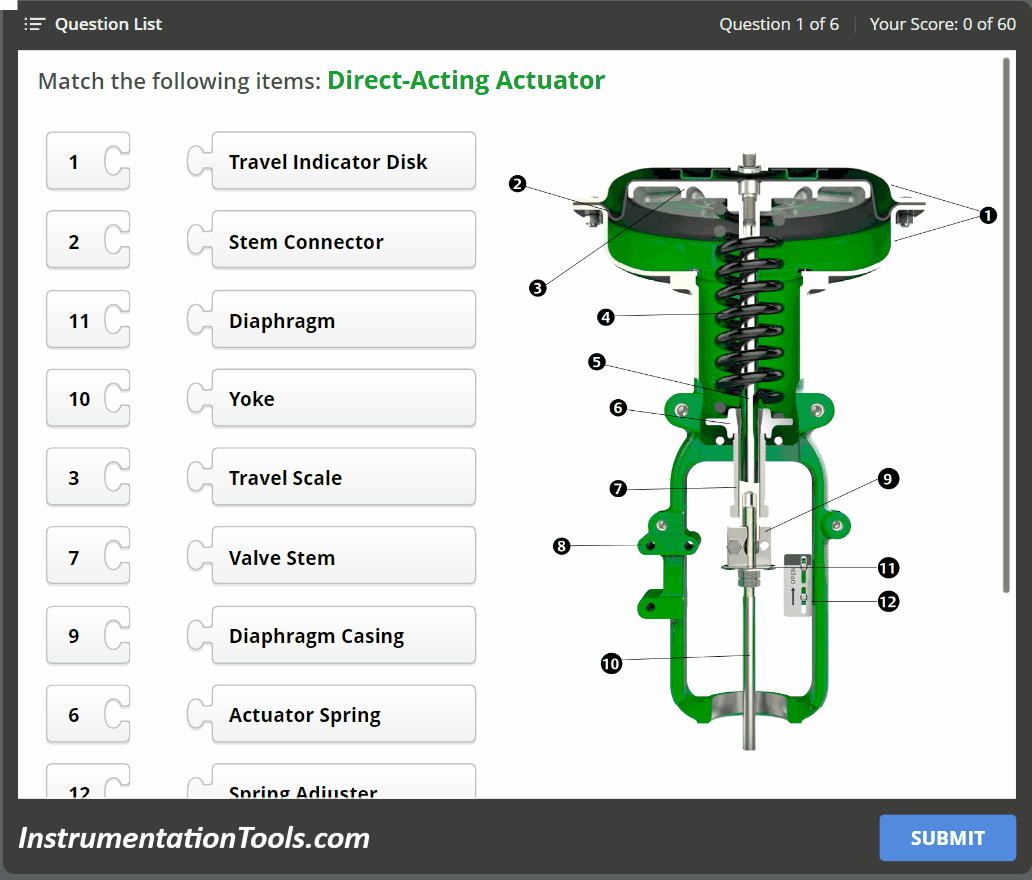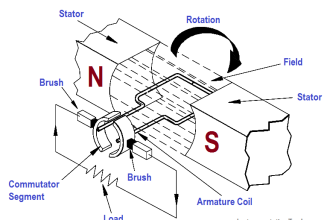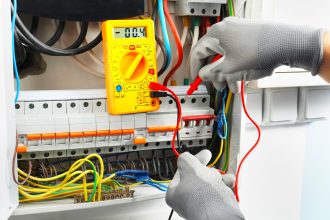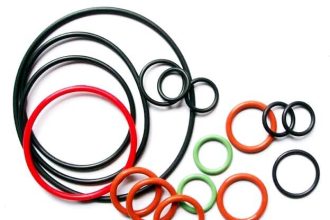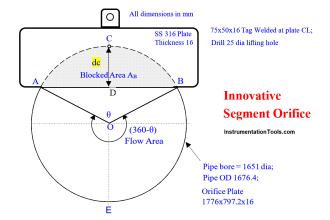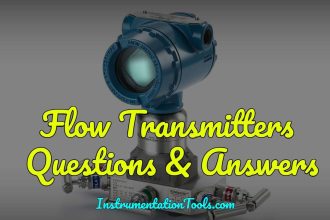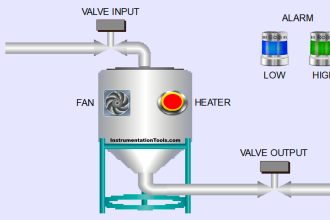In this article, we will understand the difference between the linear actuator and rotary actuators and their working principles.
Actuators are one of the most widely used instruments in the engineering world. Be it any motion, you will require actuators to drive the mechanical part. Basically, in terms of motion, the two most common ones are – linear and rotary.
When choosing an actuator, it is necessary to first understand their working principle and what is the difference between them. In this post, we will see the difference between linear and rotary actuators.
What is a Linear Actuator?
As the name implies, the linear actuator is the one that moves an object in a linear direction. It is the simplest of types available in the market.
Linear Actuator has a sliding type mechanism that slides or pushes/pulls the object according to the air and electrical supply applied to it.
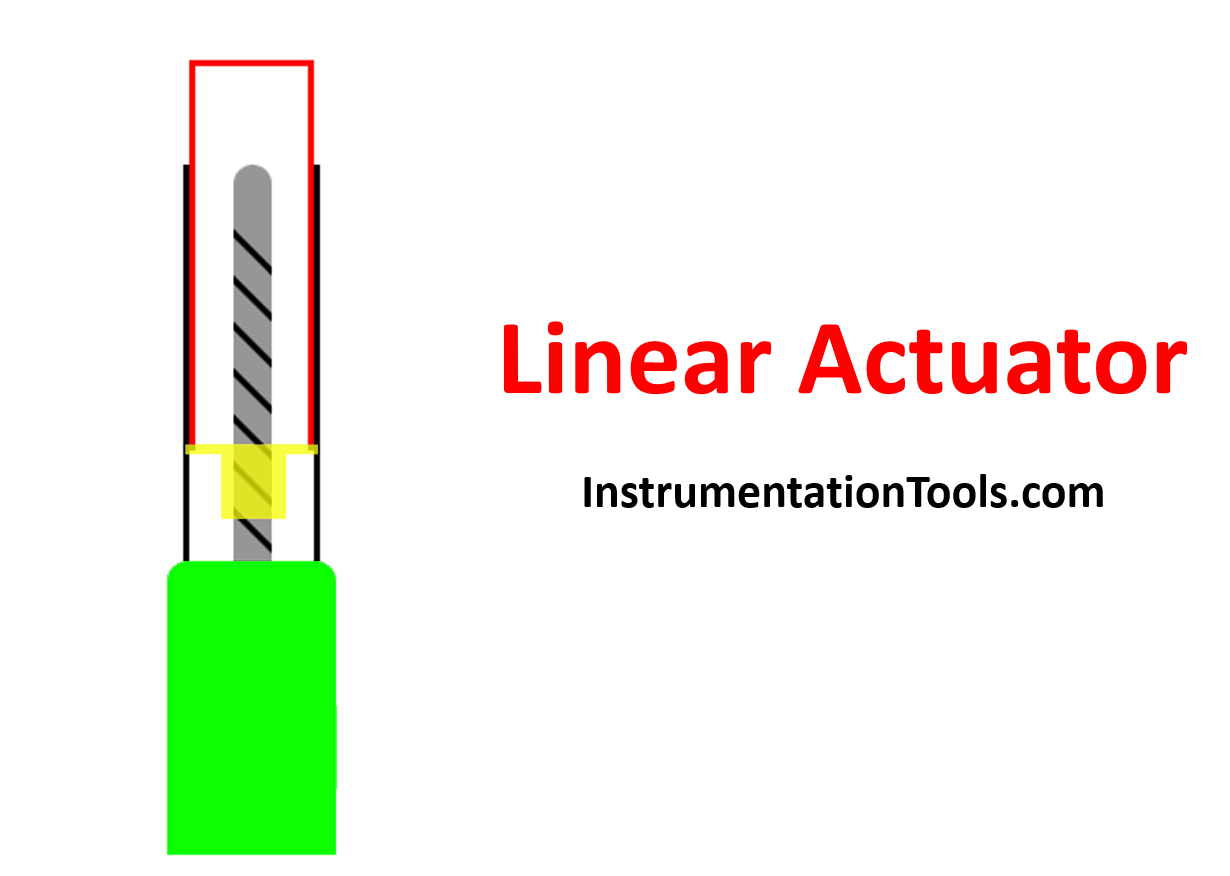
Simply, imagine a wood-cutting saw. You must have seen that you are moving the saw in a push and pull way (back and forth manner); in such a type that it cuts the wood properly. This is the linear actuator.
Similar examples are a belt and pulley, rack and pinion, or ball screw applications. So, as you can see, linear actuators or valves are required in loads that need to be pushed, pulled, lifted, or lowered.
What is a Rotary Actuator?
As the name implies, the rotary actuator is the one that moves an object in a circular direction. It is one of the most popular ones of types available in the market.
The best example of rotary motion is an electrical motor. It transforms the electrical signal into a rotating motion of its shaft.
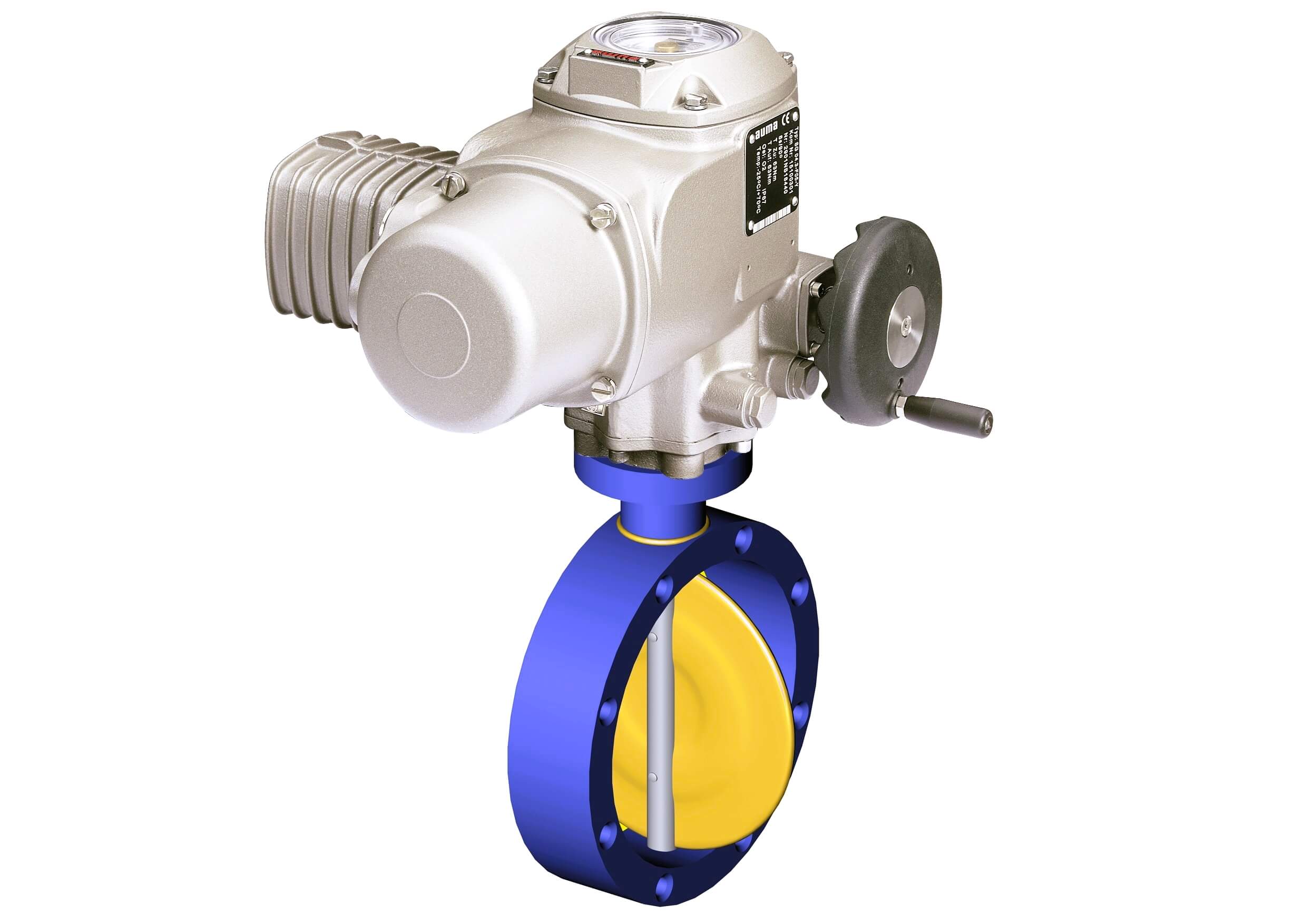
Rotary actuators use a closure element that rotates either 90 deg., 180 deg., or 360 deg. Through these types of actuators, you get more precise control of speed, position, and rotation.
Rotary action and its corresponding torque play an important role in the working of rotary actuators.
Let me also clear a basic doubt that many of the engineers have in deciding the type of valve. Refer to the below figure.
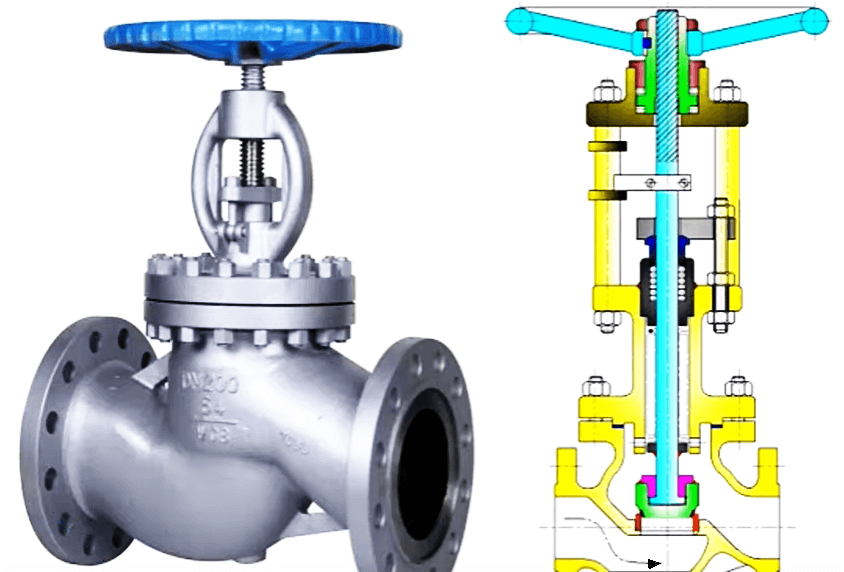
You can see that a ball screw arrangement is used to move the disc in an up or down direction. But the ball screw is rotated by a steering wheel type assembly. So, such types of valves are linear valves.
This is because the end object (disc) which controls the flow of any medium is moved by the ball screw linear motion. How the ball screw moves do not matter; what matters is how the final mechanical part which controls the system moves.
Difference Between Linear and Rotary Actuators
The following are the main points that show the differences between the linear actuator and rotary actuator.
- Features of linear actuators are easy mounting, integration, and operation, high positional accuracy, high repeatability, very low maintenance, high ruggedness, and can withstand harsh and adverse weather conditions.
- Features of rotary actuators are high torque availability, compatibility with a wide variety of diameters, very low maintenance, any degree of rotation, constant torque during full angle rotation, zero backlashes, and hollow shaft.
- Typical applications of linear actuators are in packaging, food processing, factory automation, clean energy, automotive, machine tool, aerospace, and defense.
- Typical applications of rotary actuators are in robotics (multi-axis and gantry types), bending machines, CNC machines, flight simulators, and radar systems.
- The most common difference as we have seen is the type of motion. Linear moves in a back and forth direction, whereas rotary moves circular.
- Linear actuators consist of a motor and a gear axle thread; but rotary actuators contain hollow, cylindrical chambers with stationary barriers and a central shaft.
- Linear actuators are easier to design and operate as compared to rotary ones.
- Mounting of linear actuators is easier as compared to rotary ones, as it does not have any complex angle calculations.
In this way, we saw the difference between rotary and linear actuators.
If you liked this article, then please subscribe to our YouTube Channel for Instrumentation, Electrical, PLC, and SCADA video tutorials.
You can also follow us on Facebook and Twitter to receive daily updates.
Read Next:
- What is an Air Valve?
- How to Avoid Cavitation?
- Valve Preventive Maintenance
- Rotork Motor Operated Valves
- 100% & 30% Feed Control Valves

